http://www.nipponanimation.com/
Nippon Animation on Introducing Clip Studio Paint to their Digital Workflow
Mr. Yamamoto, Producer
Mr. Watanabe, Producer
Mr. Oba, In-Between Animation Director
Ms. Takahashi, Animator
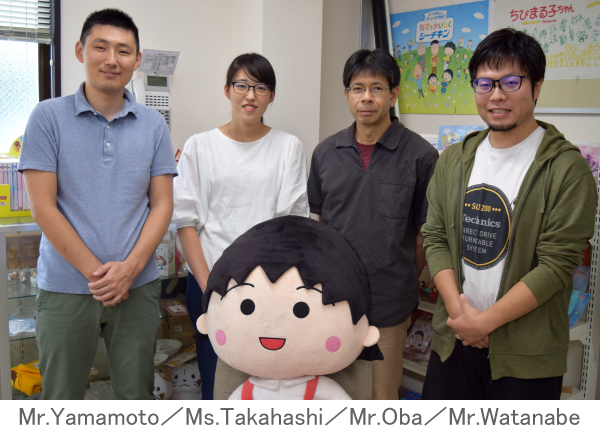
Nippon Animation is a Japanese animation studio known for its warm and charming anime series such as “World Masterpiece Theater” and “Chibi Maruko-chan.” We interviewed them to ask about their recent decision to introduce digital techniques to their keyframe process and here’s what they had to say.
Our motto is to create content that families can enjoy together. Some of our most well-known series are “World Masterpiece Theater” and “Chibi Maruko-chan.” We create heartfelt animated series that young children and their parents can come together and watch as a family.
With our aim of creating animations that anyone can enjoy, we broadcast “Chibi Maruko-chan” with subtitles and audio descriptions for people with hearing or vision impairments. Additionally, in order to satisfy our overseas fans who want to watch new episodes immediately following their broadcast in Japan, we promptly dub them in multiple languages and then distribute them.
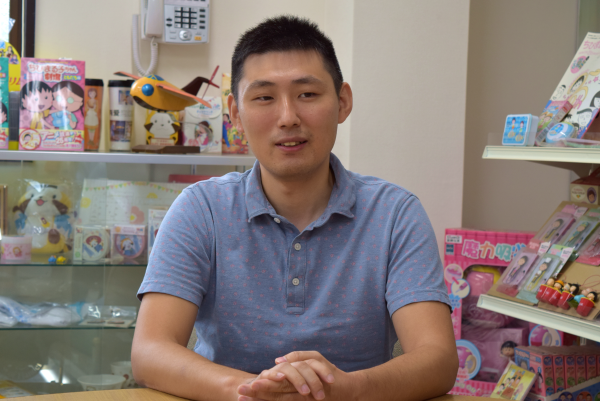
We’ve always focused on traditional techniques because we love the feel of hand-drawn animation. However, as digital techniques become more and more popular, we realized that we wouldn’t be able to keep moving forward with traditional techniques alone. We often outsource keyframes and animation for “Chibi Maruko-chan,” so we needed to be able to deal with a digital workflow. This is what made us want to try introducing digital technology as soon as we could.
Another thing that motivated us is that in the past, we’ve had cases where animators have moved far away, costing us a lot of time and money to have the physical artwork sent to us. These problems were solved when they switched to working digitally.
The quality and functionality of art software has also improved considerably since we started producing animation. It’s really important for us to have access to a wide range of brushes and be able to recreate the warmth of paper. Clip Studio Paint appealed to us because of its variety of brushes meant we had a strong chance of recreating the exact feel that we were looking for. We also love the amount of customization that the program allows for.
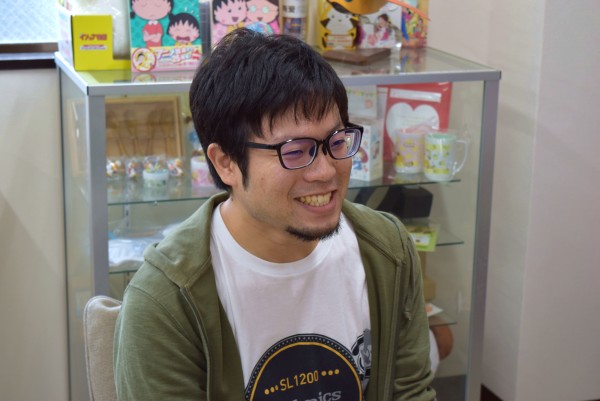
Because we were introducing new digital techniques, the degree of post-purchase support was very important to us. None of us were familiar with digital techniques, so we decided to go with Celsys, a Japanese company, so we could get in-depth advice and support. We ended up reaching out to the support desk quite a few times. Celsys responded to our questions helpfully and clearly, so we weren’t worried at all when it came to using the software for work.
Clip Studio Paint is used in many professional contexts; for illustration and comics as well as animation. Artist tips and tutorials are available on Celsys’ web service “Clip Studio TIPS.” These tutorials appealed to us as a way to quickly discover the possibilities of the software and to find solutions.
Price was also an important consideration. We had to think about the price of a single copy before making a bulk purchase for our entire company. Clip Studio Paint has a very affordable price point, which meant we could provide copies to more people.
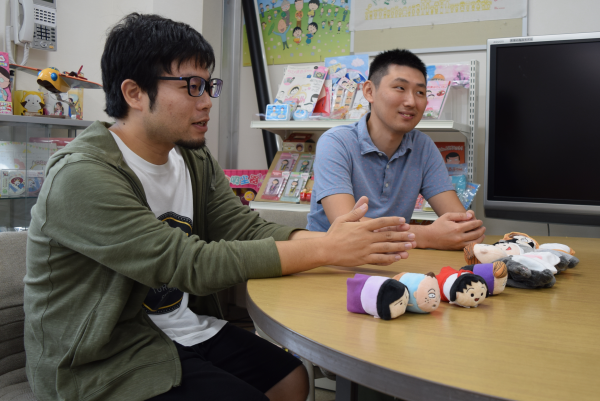
We held ten digital keyframe drawing lessons where our animators could take their time to get used to drawing on the computer. Some of our animators had never tried drawing digitally before, so we started from getting them used to the computer. For the more experienced artists, it was much harder to get used to using the pen to draw digitally compared to paper. But by the fourth session, everyone had made good progress and was able to draw pictures that rivaled traditional art. This is all thanks to the detailed brush settings and pen pressure settings available in Clip Studio Paint.
At Nippon Animation, we consider the warmth of traditional hand-drawn animation to be very important. This is something that we’ve been taught to cherish in our techniques, so we approached the digital workflow with the intent of preserving those techniques we were trained with. We had to create an environment where those traditional techniques could be replicated in a digital workflow.
One decision we made to replicate this hand-drawn warmth and texture was not to binarize the lines, even for videos. We also use a similar brush to a traditional pencil and then binarize in the final stages. Rather than taking the most efficient way of using digital techniques, we wanted to stop and consider what it is that we value in our process.
*1 Binarization: The process of drawing lines in only black and white pixels to make the data easier to process. This creates a different effect to the soft look of traditional lines.
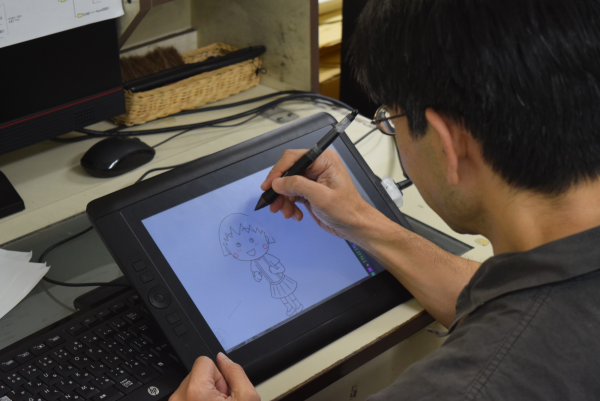
We use Clip Studio Paint in the process of creating Chibi Maruko-chan episodes. Although we’re still gradually introducing digital techniques, we’re now using digital cuts in our broadcasted animations. We use PaintMan in the final stages, so the fact that Clip Studio Paint has an “Export for PaintMan” feature was a huge help.
Another convenience of working digitally is that you can zoom into images, which makes it easier to draw cuts with lots of color tracing lines or detailed lines. Chibi Maruko-chan in particular has a lot of scenes that need a pencil effect, so we’d like to work with the finalizing staff to try some different styles of brushes to achieve that.
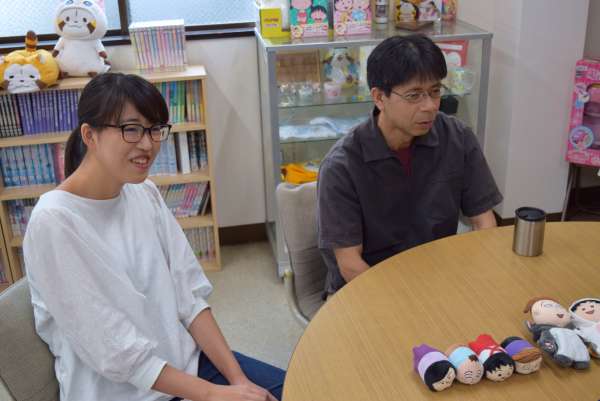
Oba: The instructor helped in the initial lessons, so I could pick it up fairly quickly. It still took some time to adjust to the difference from traditional drawing, but I can use the software with ease now. I’ve also noticed that my individual style is changing in the digital process!
Takahashi: I’ve been using Clip Studio Paint for a while to draw for fun. However, this was the first time that I used the animation features, so there was a lot to learn. After learning about these features, I think it’s very easy to use Clip Studio Paint for animation. I also love the wide range of brushes, from those that mimic traditional media, to the sharp and clean brushes typical of digital art. With the new animation update, I think Clip Studio Paint has the possibility of becoming really popular for animation.
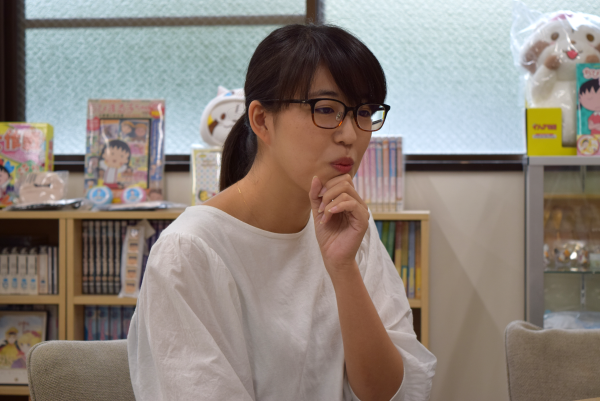
First of all, we hope to train all our core staff in digital tools to build a system where we can check large amounts of outsourced keyframes. We want to make the most of digital tools by gradually evolving our production process, starting with implementing digital techniques from the animation checking stage.
Whereas we often had to physically travel places because we’re located far from other animation studios, we’ll now be able to move forward without that problem.
Our main priority is using digital techniques to take care of the time-consuming aspects of traditional animation so that we can focus on improving the quality of our content. Although we won’t necessarily move to a completely digital system, we’ll gradually introduce new tools as we need them.
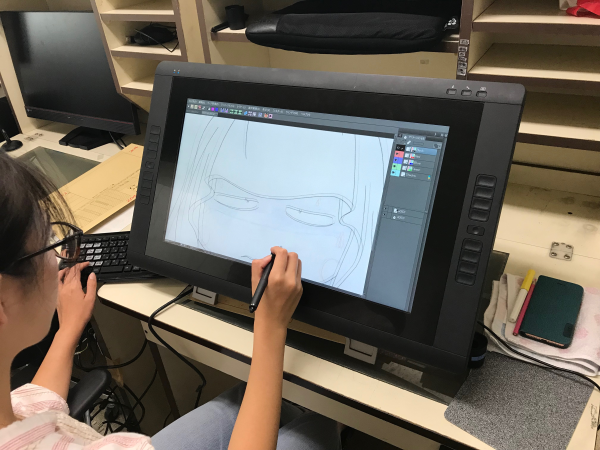
Oba: I always loved anime and manga, and it was in middle school when I read in an anime magazine about the animation profession. Presently, I’ve been working in animation for three decades. I started at the height of cel animation in a job photocopying cel drawings.
The most important qualities of an animator are passion, perseverance, and stamina. I say stamina is important because it’s not an active job, so you can quickly lose your strength. You can’t get by on passion alone. You also need physical stamina to keep working.
Takahashi: I’ve always loved drawing, so I decided to go to art school to become a manga artist. In the end I thought that drawing for animation would make me a better artist, so I decided to become an animator.
One thing that’s important for an animator is to be interested in and experience a lot of things. For example, I go to live music concerts and watch plays, as well as other things that don’t really relate to me, like watching horse races (laughs). You should try to gather as many experiences as you can. I also think that every company has a different style, even among production companies. While you’re still a student, you should think about what kind of work you want to be involved in, and what kind of company you want to work at.
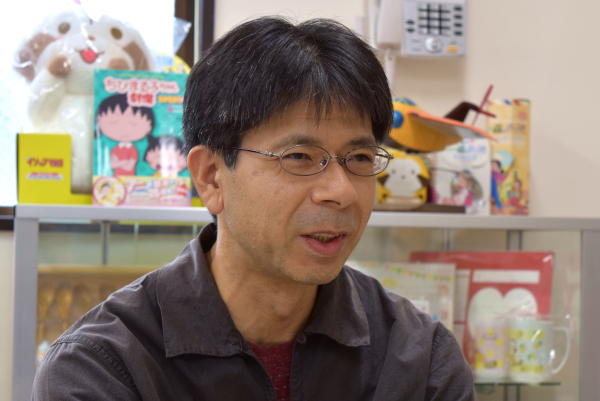
We would really like an environment where we can do all our basic work in Clip Studio Paint, from storyboarding and keyframes to animating and animation checks. We would like to pursue the benefits of a digital workflow while also preserving our traditional paper techniques.
The upcoming update this Fall(*2) will open up a lot of possibilities with the new camerawork features. Things like this make us sure that we’ll soon be able to work on keyframes and storyboards freely in Clip Studio Paint.
Once the camerawork features are added, our animators will be able to approach from a director’s point of view. By improving communication and breaking down boundaries between animators and directors, the software will help us look into other fields too.
The industry as a whole is moving into the digital era, and each company is trying out new software and discovering the possibilities offered by digital techniques.
The industry was previously centered on Stylos and PaintMan. We feel that using a single software for the whole company is a step toward efficiency and will help different departments to coordinate effectively.
While all the staff for the live-action film work in the same location, that’s not true for the animation industry. By working with a single software, we expect to increase the sense of shared ownership of the final animation as well as improve on quality.
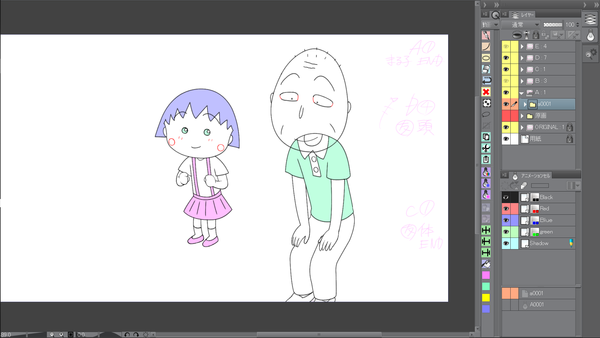
Children who watch “Chibi Maruko-chan” tend to stop watching once they enter their teens. However, we often hear from people who say that they felt happy and warmed watching it again as an adult. When we hear these comments, we feel like “Chibi Maruko-chan” is a home that people can always come back to. It helps us to know that Nippon Animation is doing the right thing.
While introducing digital techniques, we aim to keep moving forward while searching for methods that maintain the spirit and philosophy of Nippon Animation. Part of that is searching for ways to improve efficiency, but we can’t forget to focus on making better and better animations.
Rather than thinking that we shouldn’t try things in case we make mistakes, we’ll approach with the mindset that we need to try, even if we do make mistakes. We’ll keep creating animations that are cherished by generations while always thinking of how to improve.
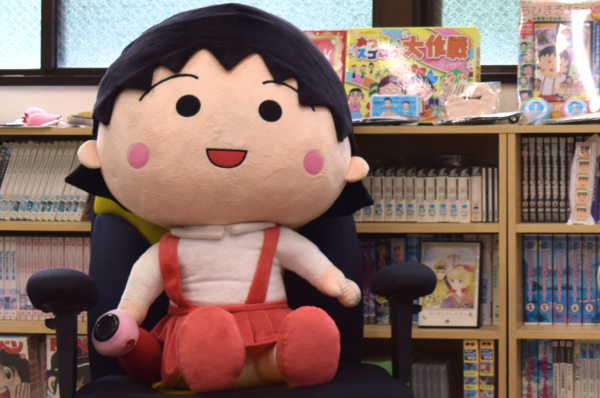
Since its founding in 1975, Nippon Animation has produced over 120 animated series such as World Masterpiece Theater and Chibi Maruko-chan, under its motto of producing excellent animations loved by children and adults, stirring emotions, and nurturing people’s humanity.
They promise to keep creating animations that bring dreams and emotions while carrying on the essential motto and philosophy of their founder.
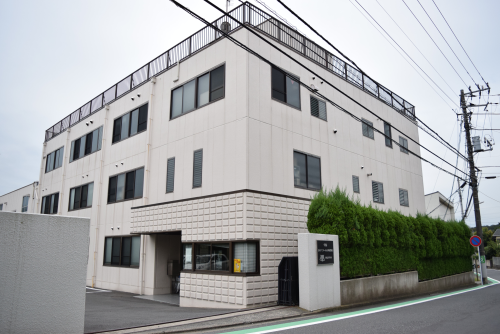
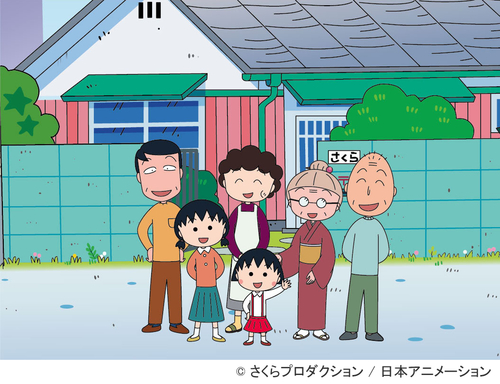
Animation studio
Partner with us
Get help with our products
Ask us any questions you have about implementing our products
or forming alliances.